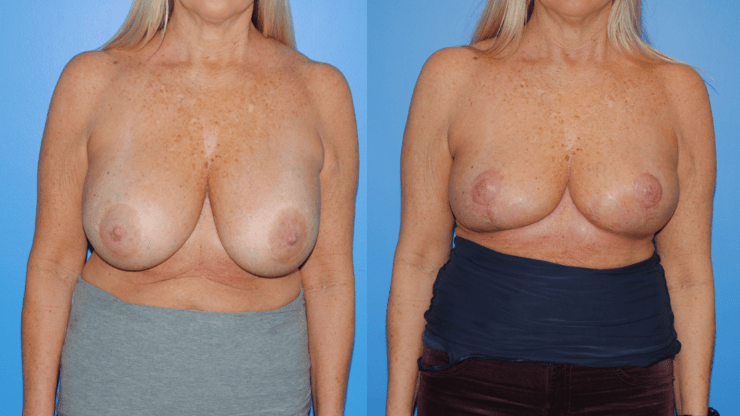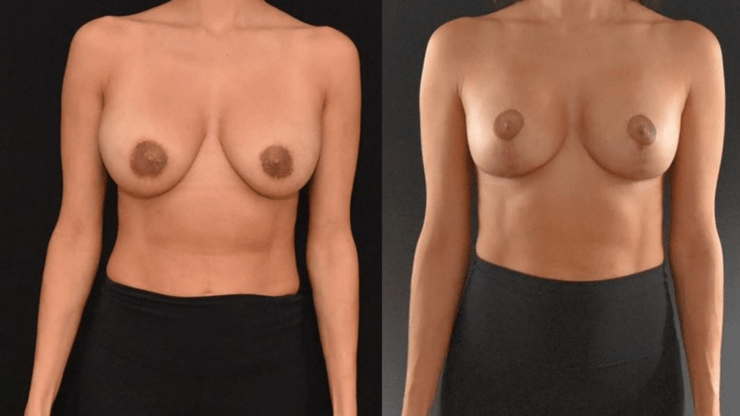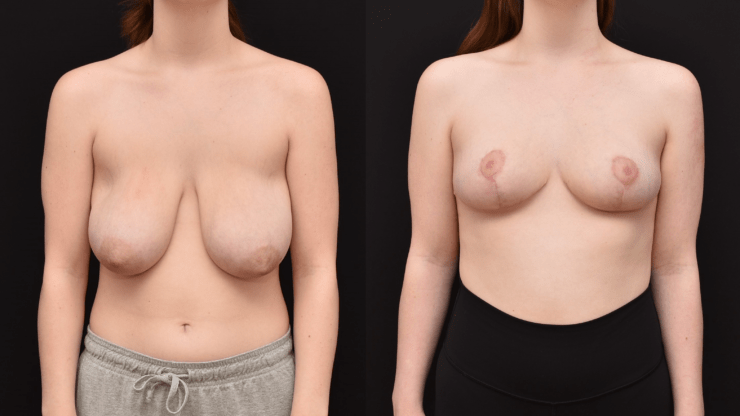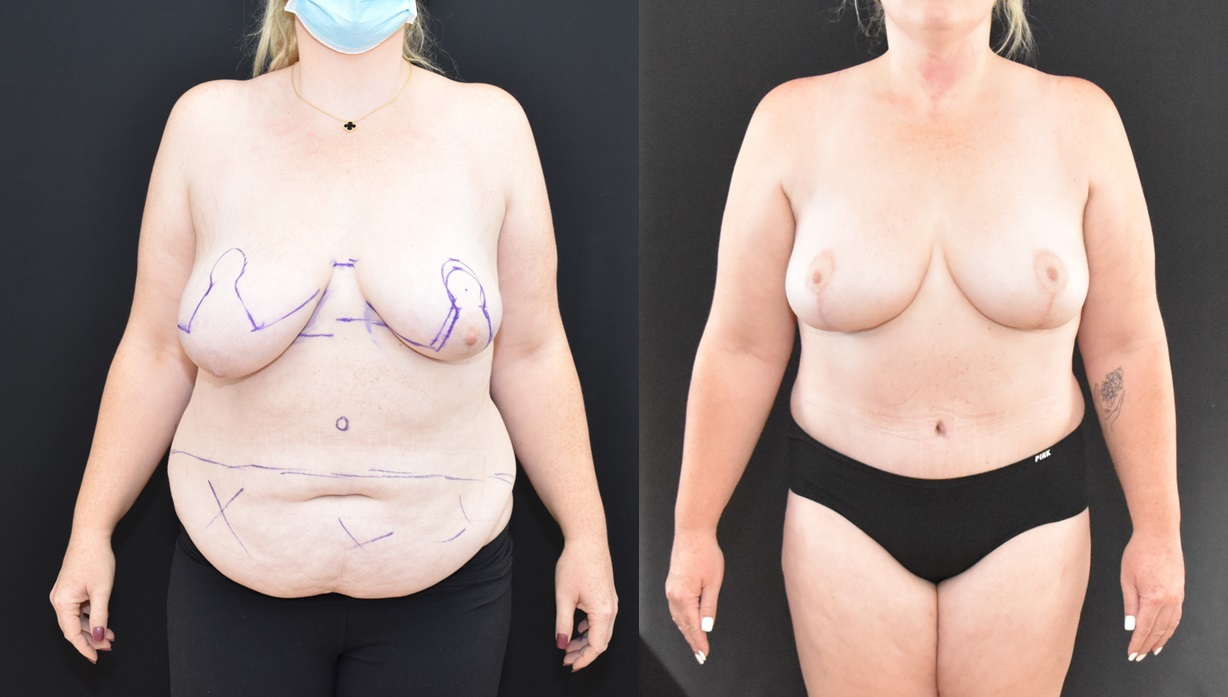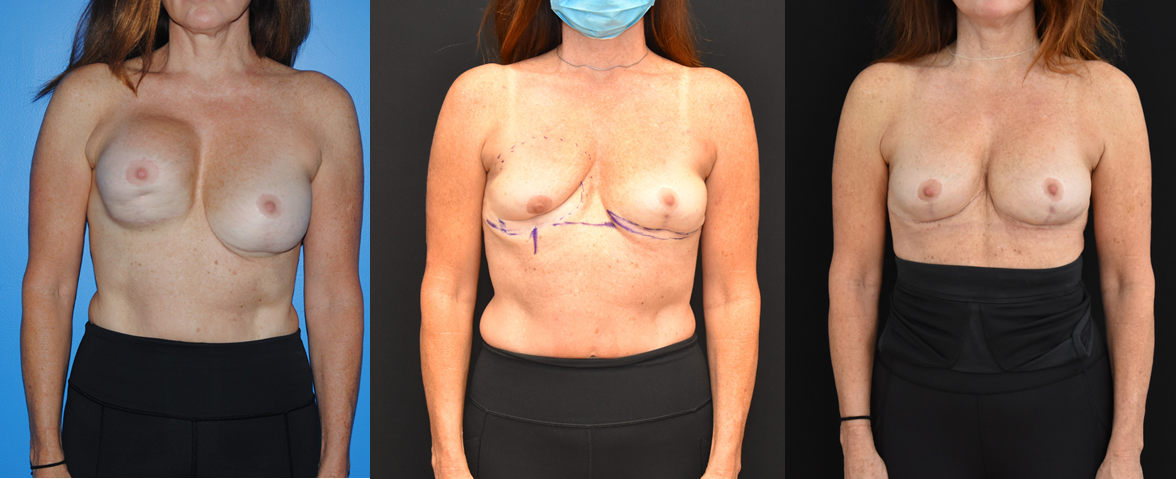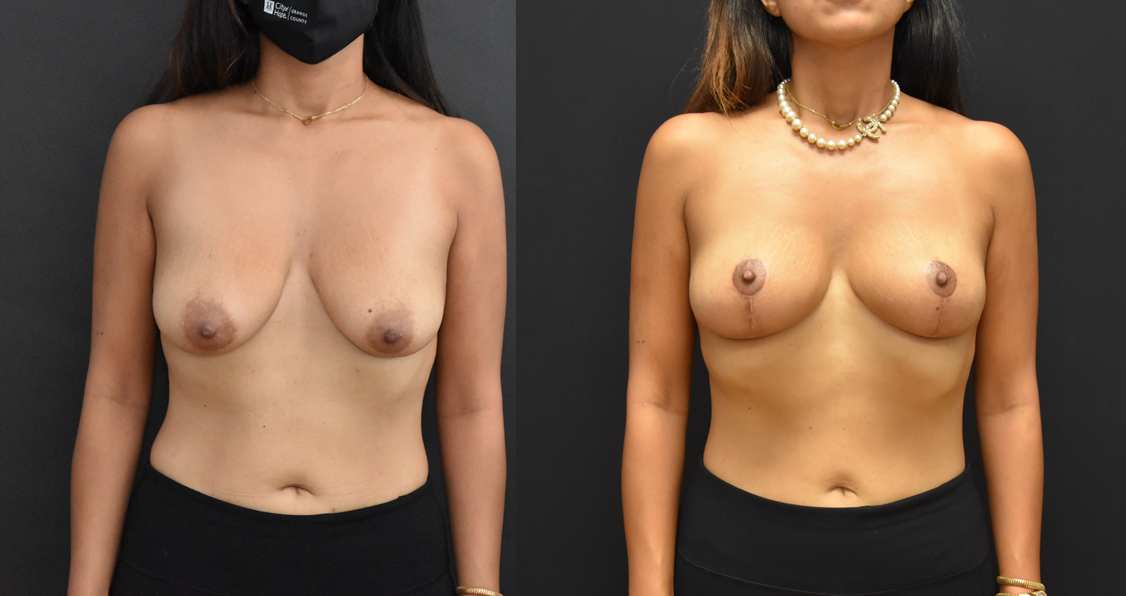A mastopexy-augmentation procedure is a procedure that lifts the breast and also adds volume to the breasts. In a mastopexy augmentation procedure, a breast lift is performed to place the breast in a higher position on the chest wall and an implant is placed to add volume to the breast. The lift pattern that we usually use is called a…



